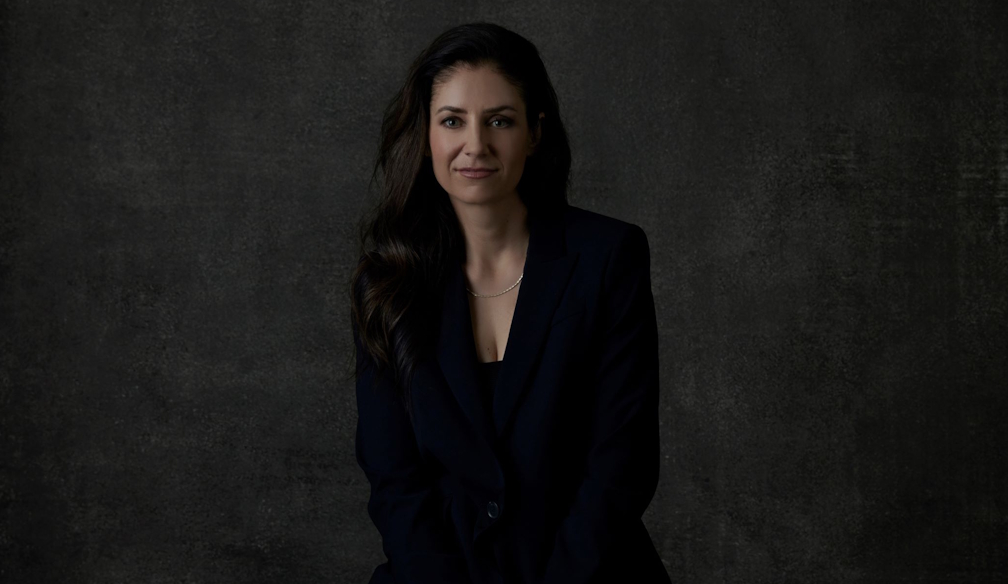Hybrid or Hardwood Look? We Compare the Top 3 Flooring Types

Selecting the right flooring for your home, business, or commercial project can be a daunting task. With a wide range of stylish and durable options now available, many Australian homeowners find themselves weighing up three key contenders: engineered timber, hybrid, and laminate flooring.
Each flooring type offers its own unique blend of benefits and trade-offs. At Ezy Decking, we draw on decades of hands-on industry experience to help you make the most informed decision based on your space, style, and long-term needs.
Engineered Timber Flooring
Engineered timber combines the classic elegance of real wood with advanced structural durability. Unlike solid hardwood, which is a single piece of timber, engineered flooring is layered to reduce movement and prevent issues such as warping or gapping over time.
Key Layers of Engineered Timber:
- Wear Layer: Made from your choice of timber species, this top layer can typically be sanded and refinished a limited number of times.
- Core Layer: A cross-grain plywood or spruce layer that enhances stability and reduces expansion.
- Backing Layer: Usually made from hardwood or plywood, this bottom layer helps with moisture resistance and structural balance.
Thanks to its multi-layer construction, engineered timber handles temperature and humidity changes better than solid wood. However, quality can vary across manufacturers. Premium options feature thicker wear layers, high-grade coatings, and enhanced stability—offering exceptional performance over time.
Pros
✔ Natural timber aesthetics
✔ Sandable wear layer for longer life
✔ Stable in variable climates
Cons
✘ Higher price point than laminate or hybrid
✘ Susceptible to surface scratches
✘ Not 100% waterproof
Laminate Flooring
Laminate flooring is a popular, cost-effective alternative to hardwood. Made primarily from wood fibres, modern laminates offer impressive realism, mimicking natural timber at a fraction of the price. Recent innovations have greatly improved their appearance and durability.
Laminate Construction:
- Decorative Layer: A printed image of wood grain, protected by a scratch-resistant surface.
- Core Board: High-density fibreboard (HDF) that delivers strength and impact resistance.
- Backing Layer: Moisture-resistant material that stabilises the board and protects from below.
Laminate flooring is ideal for high-traffic areas and rental properties where cost, ease of installation, and durability are key concerns.
Pros
✔ Affordable and budget-friendly
✔ Durable surface for daily wear
✔ Easy to clean and maintain
✔ Simple installation with click-lock system
Cons
✘ Not waterproof—susceptible to swelling if exposed to moisture
✘ Cannot be sanded or refinished
✘ Surface realism depends on image quality
✘ Damaged boards may require large section replacements
Hybrid Flooring
Hybrid flooring is a modern innovation that merges the best features of laminate and vinyl flooring—without their respective downsides. It's waterproof, easy to install, and offers a realistic timber look, making it a favourite among Australian renovators.
Typical Hybrid Flooring Layers:
- Top Coating: UV-resistant wear layer to protect against fading, scratches, and impact.
- Decorative Layer: A realistic timber or stone image for visual appeal.
- Core Board: Usually made of SPC (stone-plastic composite) or WPC (wood-plastic composite), offering excellent moisture resistance and dimensional stability.
- Built-in Underlay: Provides underfoot comfort and sound insulation, eliminating the need for separate underlayment.
Sydney hybrid floors can be installed over most existing subfloors with minimal preparation. The click-lock system makes installation quick and simple, even for DIY users.
Pros
✔ 100% waterproof—ideal for kitchens and bathrooms
✔ Comfortable underfoot with built-in acoustic underlay
✔ Scratch and stain-resistant
✔ Easier to replace individual planks than laminate
✔ Handles Australia’s harsh climates and temperature swings
Cons
✘ Slightly more expensive than laminate
✘ Can still scratch or dent with heavy furniture
✘ Prolonged exposure to sunlight may cause discolouration
✘ Some lower-end options may contain PVC or other harmful materials
✘ Timber-look may feel less “authentic” than real wood or high-end laminate
Comparison Summary
|
Feature |
Engineered Timber |
Laminate Flooring |
Hybrid Flooring |
|
Waterproof |
✘ No |
✘ No (water-resistant) |
✅ Yes |
|
Durability |
✅ Moderate |
✅ High surface durability |
✅ High overall durability |
|
Comfort Underfoot |
✅ Good (natural timber) |
✘ Firmer surface |
✅ Built-in underlay |
|
Appearance |
✅ Authentic wood look |
✅ Improved realism |
✅ High-end visuals |
|
Refinishing |
✅ Limited times |
✘ No |
✘ No |
|
Installation |
✅ Easy (varies) |
✅ DIY-friendly |
✅ Easiest (click-lock) |
|
Price |
✘ Higher |
✅ Budget-friendly |
✅ Mid-range |
|
Eco-Friendliness |
✅ Varies by supplier |
✅ Varies by brand |
⚠ Depends on material |
Final Thoughts
When it comes to choosing between engineered timber, laminate, and hybrid flooring, there’s no one-size-fits-all solution. The best option will depend on your specific goals—whether that’s achieving a natural timber look, working within a budget, or ensuring long-term water resistance.
At Ezy Decking, we’ve spent over 25 years helping homeowners and commercial clients across the East Coast of Australia find flooring solutions that are stylish, practical, and built to last. If you’re unsure which type is right for you, we’re here to help with expert advice and tailored recommendations.
For Brisbane hybrid flooring solutions, Get in touch today to schedule a consultation and receive a customised quote based on your space, style, and budget.









